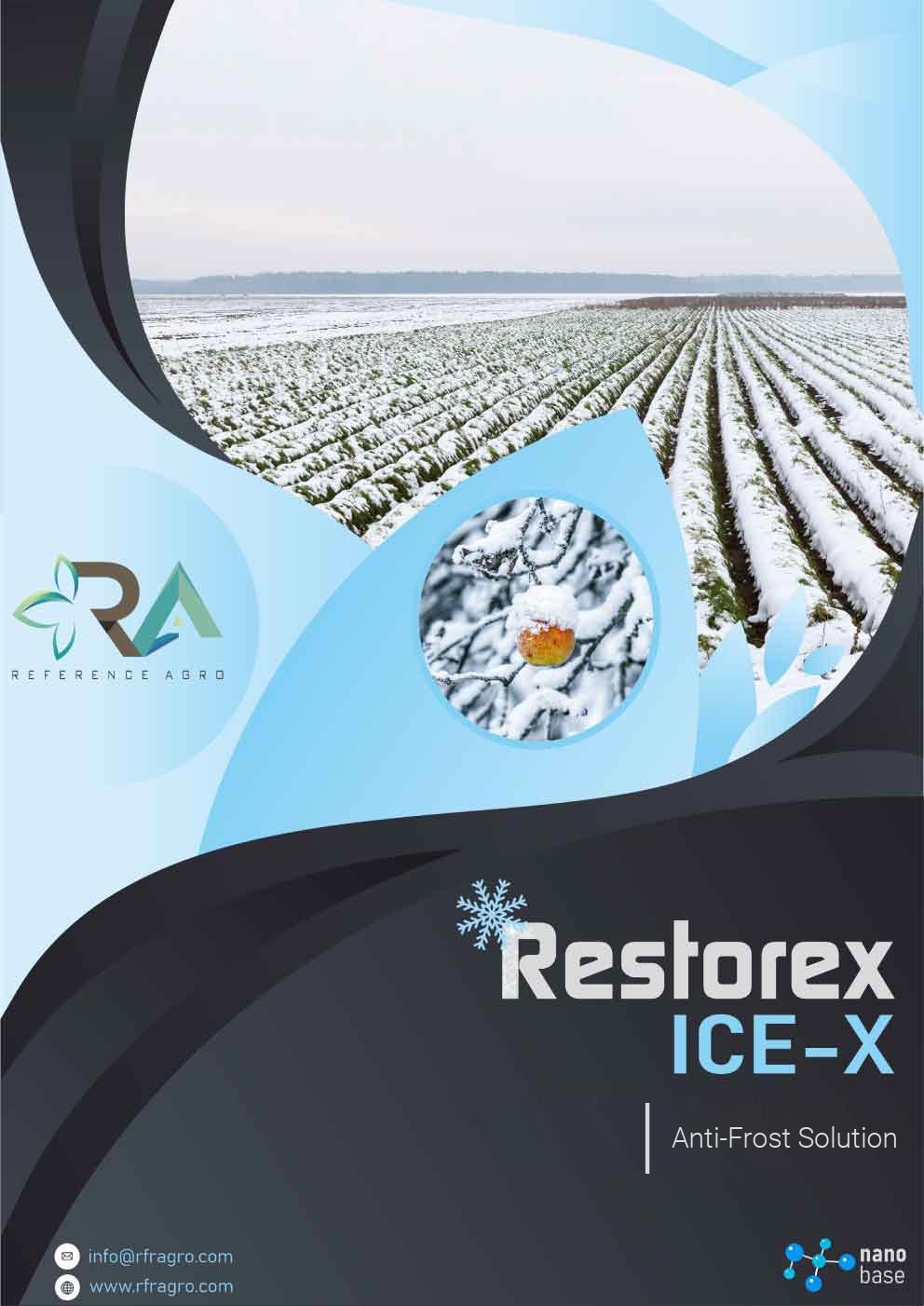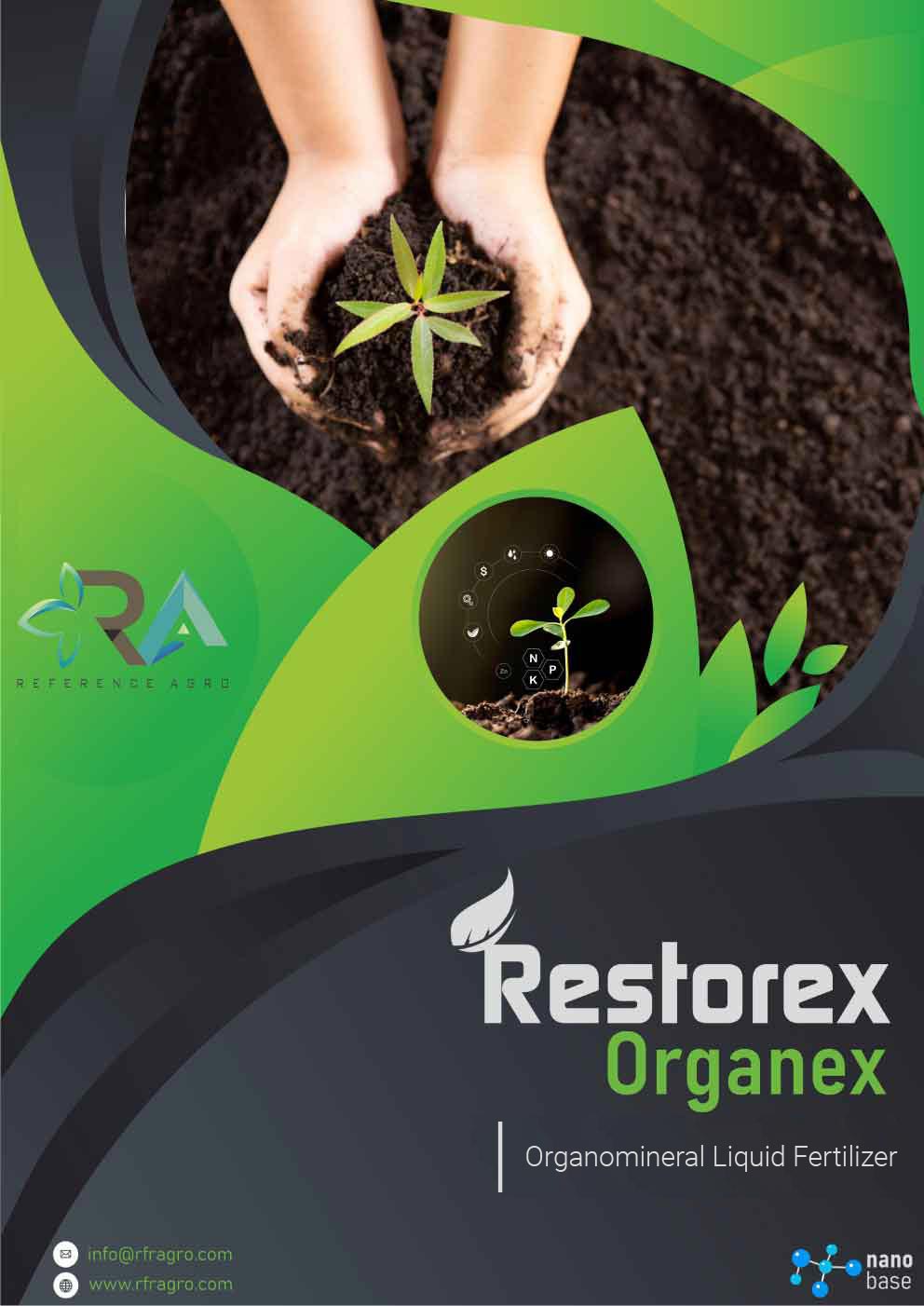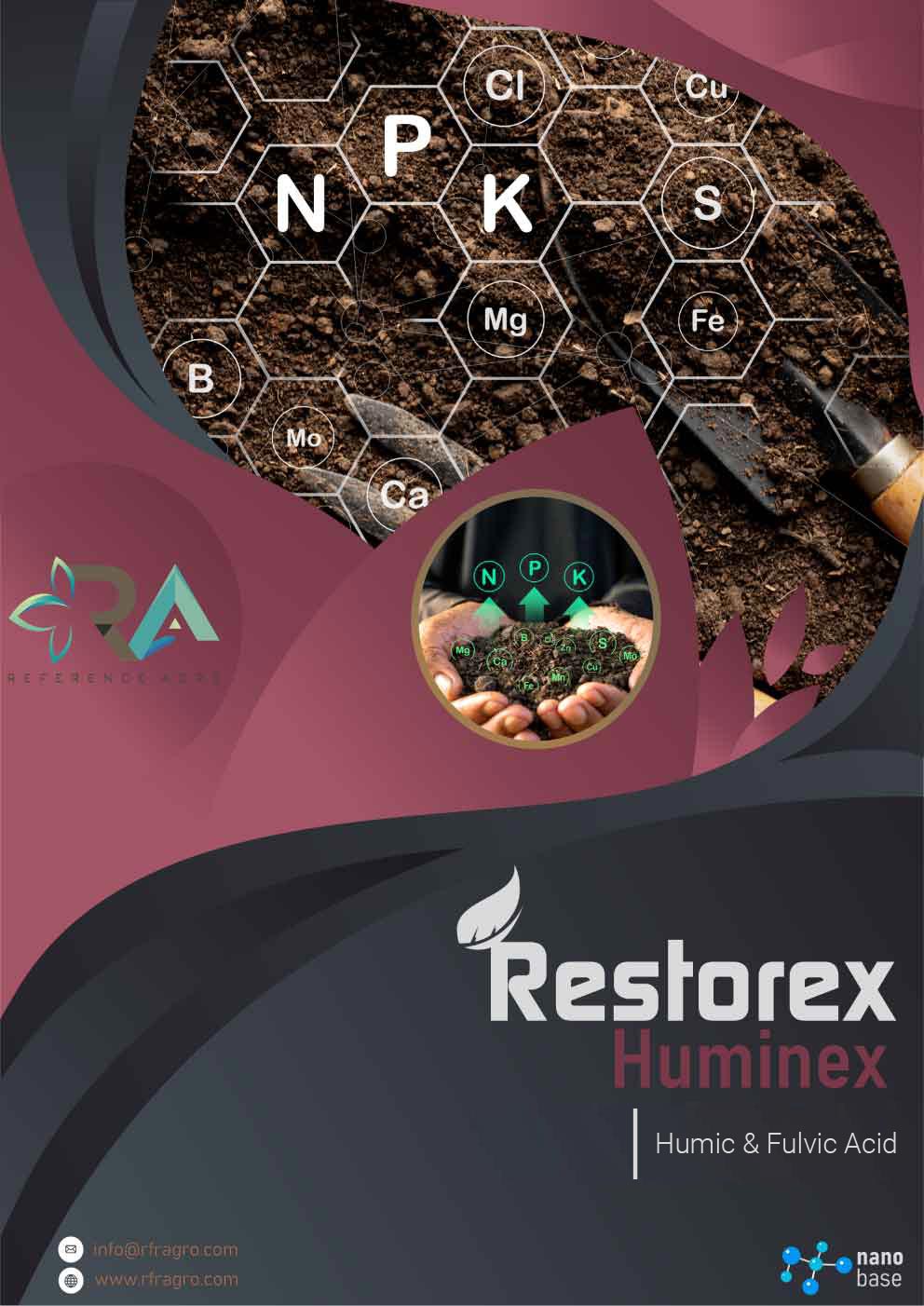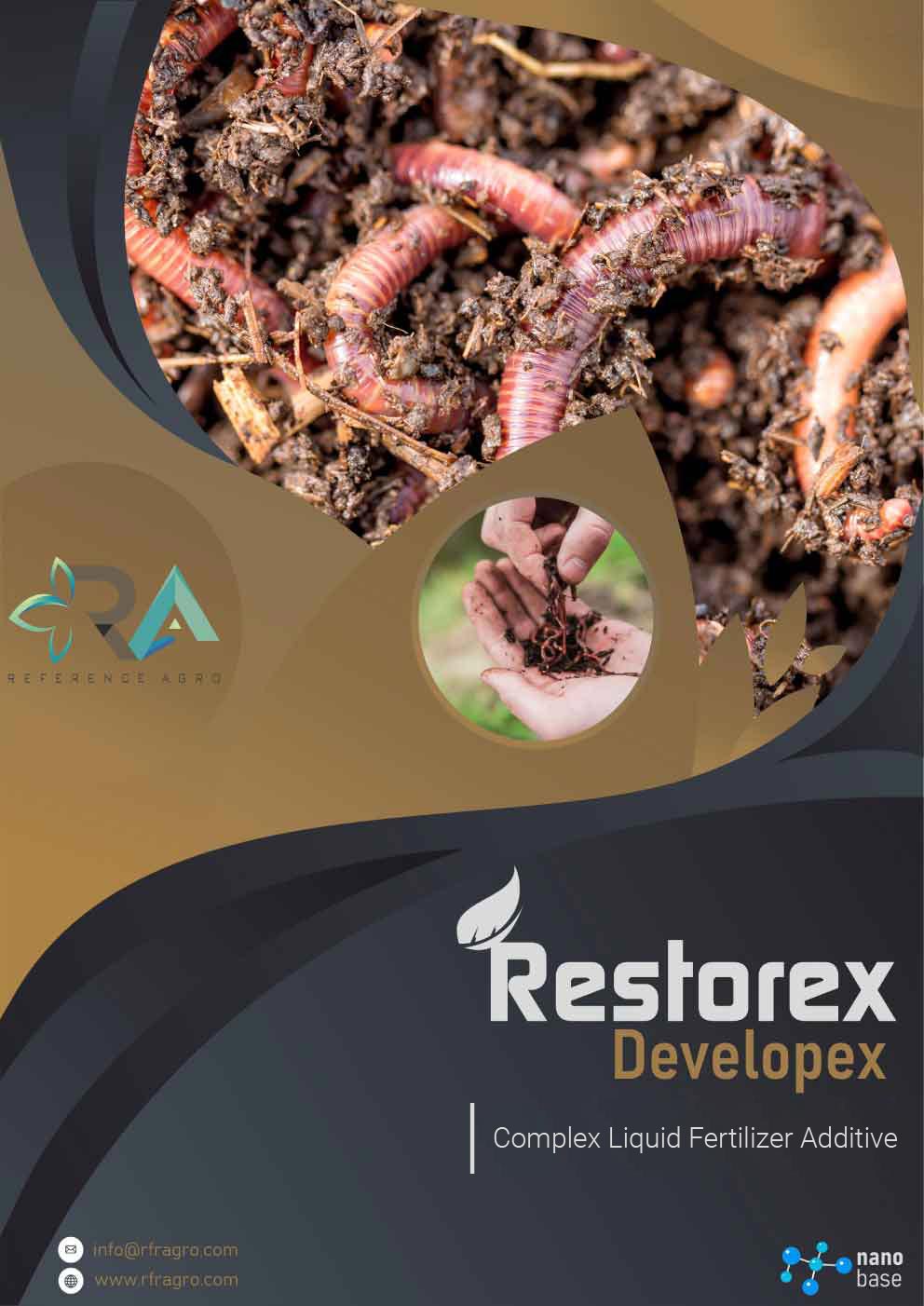
NANO-BASE ELEMENTAL
LIQUID SULFUR
In recent years, sulfur (5) deficiency has been defined as a limiting factor for plant production in many regions of the world. It has been determined that there is a decrease in the amount and quality of the product in sulfur deficiency.
It has been reported in recent studies that sulfur plays an important role in plants, as the basic building block of amino acids such as system and methionine, on product quality, as well as in biological processes related to heavy metal toxicity and salinity tolerance.
Sulfur is found in the soil in organic form in the form of sulphate (SO4 -2), which is bound to carbon and as sulphate esters, which plants can use directly. Although organic S compounds are not suitable for immediate use by the plant, they have potential to provide S to the plant through mineralization. SO2 in the atmosphere is a source of S that plants can meet their needs. However, although the emission of SO2 to the atmosphere has increased in recent years, since adequate S fertilizer application has not been made, losses are experienced in agricultural production due to S deficiency.
In order to obtain a good product quality and high yield, S fertilization should be done in the appropriate amount and form for the plant's needs.
The earth's crust contains approximately 0.06% sulfur(S). The total sulfur content of the soils of the temperate regions varies between 0.005-0.04%. The total S content of agricultural soils in rainy regions varies between 0.01-0.15%.
In soils, sulfur exists in a cycle similar to nitrogen. The cycle is in constant interaction with the atmosphere. There is a continuous exchange of sulfur between the soil and the atmosphere. Sulfur enters the soil from chemical fertilizers, barn manure, plant and animal waste, soil conditioners, pesticides and precipitation. The loss of sulfur from the soil is through erosion, leaching, use by plants, and gaseous loss (H2S).
Sulfur mixed with the soil in various ways is transformed by a series of reactions. Polysulfides, thiosulfates and bisulfites given with SO2 mixed with the soil with precipitation and chemical fertilizers are oxidized and turn into sulfates (SO4 -2). While plants benefit from sulfates, which are in balance with colloidal surfaces in the soil solution, with their roots, sulfates, which are useful sulfur forms, are also reduced to organic sulfur compounds. While sulfur-containing minerals in the soil structure turn into sulfites, sulphites and sulfates turn into each other through reduction and oxidation reactions.
Sulfur, which is the basic nutritional requirement of all living organisms, is comparable to the requirement of plants for phosphorus. S is an important nutrient for the development and growth of plants. Product quantity and quality decrease in S deficiency. Sulfur plays an important role in the synthesis of compounds such as glutathione, which significantly affects product quality.
Although sulfur is an essential nutrient for plants and is similar to phosphorus in terms of plant needs, this element has received little attention for many years.
The supply of S to the soil from fertilizers and the atmosphere was sufficient. Today, areas with S deficiency are widespread in many parts of the world.
Some of the reasons for this are the use of fertilizers with low S content, the decrease of organic matter in the soil, the high product variety and the inability to provide S from the atmosphere to the soil due to intensive agriculture and strict emission rules. The lack of S, which is necessary for protein and enzyme synthesis, as well as for the construction of amino acid systems and methionine, directly affects the amount of product and product quality.
Sulfur is a nutrient element that has an important place both in plant functions and in microbial activities in the soil. As an integral part of soil organic matter, it is closely related to organic-S, organic-C and total N levels. It is one of the basic building blocks of the S protein, which plays a key role in plant metabolism. In addition, studies have shown that in plants under salinity stress and heavy metal toxicity, it is also present in the structure of important compounds such as secreted Met and GSH. In addition, as Fe-S compounds, they are also involved in vital functions such as photosynthesis and transpiration.
With SulpHex application, we can prevent the decrease in efficiency caused by S deficiency. In field conditions, the loss of time, money and labor in agricultural production can be reduced by determining the appropriate S-fertilization dose, time and application form for the plant species.
With the coordination of RESTOREX SULFEX Liquid Sulfur and RESTOREX ORGANOMINERAL Liquid Fertilizer products developed by Reference Agro, which have advanced formulas based on nano technology, it is possible to reach the intended targets easily and at low costs.
Benefits of Nano Base Elemental Liquid Sulfur
- It is the most effective product in regulating soil PH.
- It is an important advantage that Liquid Sulfur can be applied in low amounts and can show its effect within 1-2 weeks, although the sulfur applied in powder form in general has to be applied in high amounts and the effect of powder sulfur shows its effect in 4-5 years.
- It is easier to apply than powdered sulfur and can be used at every stage of plant production, from planting to pre-harvest.
- In its use, all kinds of agricultural mechanization possibilities developed for spraying and fertilization can be used.
- It facilitates the uptake of macro and micro nutrients by plants by balancing the PH of the soil.
- Reduces and prevents soil salinity after use
- It breaks the lime in calcareous and excessively calcareous soils.
- It helps to regulate the soil temperature, thus increasing the resistance of the crops to freezing.
- It reduces and regulates the negative effects of temperature differences between night and day.
- It quickly eliminates the sulfur deficiency in the soil and the plant.
- It is an effective product against mold and powdery mildew in agriculture and especially in viticulture.
- It keeps many undesirable pests and insect species away from the plant.
- It positively affects the development of fauna and microflora in the soil.
- Elementel Liquid Sulfur is a product that is allowed to be used in organic agriculture.
Effects of Nano Base Elemental Liquid Sulfur on Plants
Sulfur is a MACRO NUTRITIONAL ELEMENT
- It ensures the healthy development of the plant by facilitating the uptake of other plant nutrients that cannot be taken by lowering the soil pH, and thus ensures soil fertility and product increase.
- Sulfur is an important building block of amino acids, enzymes, coenzymes and proteins synthesized in plants.
- Sulfur; The system is responsible for synthesizing basic protein building blocks such as cystine and methionine.
- Sulfur is a chemical element that must be present in the synthesis of some energy-rich compounds required for photosynthesis and respiration in plants.
- Sulfur is a substance that should be involved in metabolic activities such as photophosphorylations in the plant.
- Sulfur plays an important role in reactions such as reduction and oxidation in the plant.
- It accelerates sulphur, nitrate and carbohydrate metabolism, increases nitrogen fixation in the plant.
- Sulfur plays a role in the synthesis of chlorophyll, which plays a very important role in photosynthesis activity in the plant.
- Sulfur is involved in the synthesis of biotin, hormones and enzymes in the plant.
Application
- In foliar applications, by diluting with 500m1 /100lt water at intervals of 15 days.
- In drip irrigation, at intervals of 25 days, 2-3 liters per 1 ha area without dripping.
- For sprinkler irrigation, 2-3 liters per 1 ha area at 25-day intervals.
Sulphex
Elemental Liquefied Sulfur, suspension contains 800 gr/lt sulfur as a concentrate.




